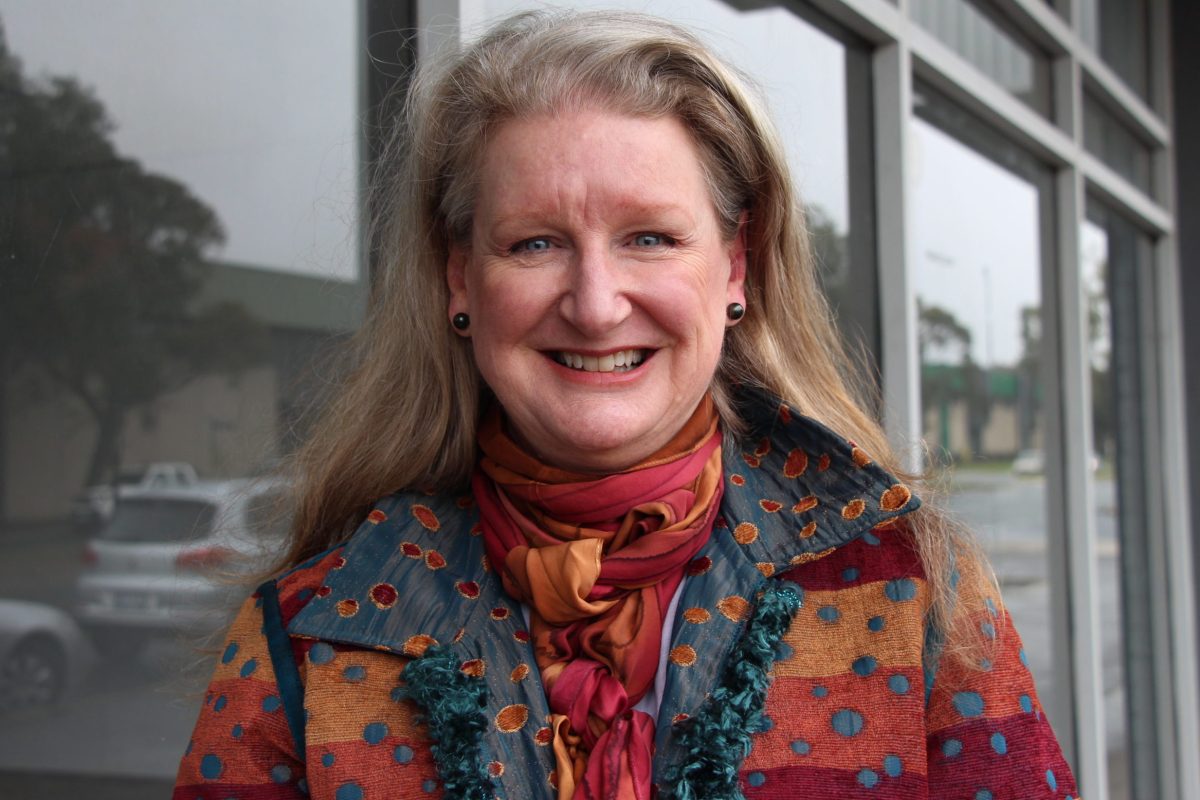OF late, I have been engaged by the sorry saga of the Ngunnawal Bush Healing Farm (NBHF).

The catalyst for my recent interest in the issue was the convening of a meeting of stakeholders, including Health Minister Megan Fitzharris and the Indigenous Affairs Minister Rachel Stephen-Smith to determine the purpose of the NBHF.
Were it not for the fact that the purpose of the NBHF was agreed 12 years ago when funds were included in the ACT Budget for its construction and that the facility opened two years ago, one might think that it was reasonable to have a meeting to decide what to do at a government facility that cost $12 million and is built on 268 hectares of valuable land.
Of course, the obvious question is why not use it for the purpose for which it was constructed. The point at issue is that while the opposition is insisting that the NBHF was always intended to be an indigenous-specific drug and alcohol residential rehabilitation facility, the government claims that was never its intended purpose.
In a Ministerial Statement on September 12, 2017, Fitzharris in attempting to explain why it was built, said: “The NBHF will provide a place of healing, a place where Aboriginal and Torres Strait Islander people will feel safe and supported. Cultural healers will work to make ongoing and meaningful changes in their lives and to break the cycle of drug and alcohol dependency.”
I confess, I really don’t know what that means.
However, the minister went much further on September 20, 2017, in responding to a motion from the Liberal Party calling on the government to ensure that the NBHF was set up and funded to operate as an indigenous drug and alcohol residential rehabilitation facility. In asserting that this was the intended purpose the Liberal Party referred to a press release issued by me in November, 2007.
Ms Fitzharris was less than kind about my press release and insisted that it was “old” and unclear about the purpose of the NBHF. She concluded her comments by stating emphatically that, as she had previously advised the Assembly, “it was never intended that (the NBHF) be an alcohol or other drug clinical rehabilitation centre”.
She explained: “The bush healing farm was always intended to address root cause issues that led to substance abuse and treatment relapses, and to reconnect Aboriginal people to land and culture with the aim of assisting them to better respond to life’s challenges.”
It would, I think, have been wise for the Minister to have been a little more circumspect in her interpretation of my press release, particularly since it was based on what I said, in my capacity as Chief Minister, Treasurer and Minister for Indigenous Affairs, in the second reading speech for Appropriation Bill 2007-2008 No 2, and the bill itself, which I introduced on November 13, 2007.
In that speech I said: “Today I announce that the government will create a purpose-built residential facility for alcohol and drug rehabilitation for the Aboriginal and Torres Strait Islander community, here, those indigenous Canberrans caught up in alcohol and drug abuse will be able to find care.”
My intention and that of the government was clear. The language I used was unambiguous. I reiterated that intent one week later, on November 20, in Question Time when I said: “I announced last week, as part of the second appropriation bill, funding of $10.8 million over this budget cycle to create a culturally appropriate Aboriginal and Torres Strait Islander specific alcohol and drug rehabilitation service.”
It is of interest that immediately following the contested claim made in the Assembly by Ms Fitzharris on September 20, 2017, that the NBHF was never intended for alcohol and drug rehabilitation, the shadow health minister Vicki Dunne said in response: “What was the intention? That intention was to establish a residential drug and alcohol rehabilitation facility. I heard the minister; I listened very carefully to the minister. I would like her to reflect very carefully on what she said.
“My recollection of what she said is that that had never been the intention. I would like her to reflect upon that. If she did say that, she needs to go back to look at the history and then reflect on whether or not she has just misled the Assembly.”
Mrs Dunne’s concern is clearly valid. However, of greater concern than potentially misleading the Assembly is whether the use to which the NBHF has been put, as described by the Minister, is consistent with the purpose detailed in the 2007-2008 Appropriation Bill No 2, as outlined in the second reading speech, and for which $10.8 million was appropriated.
“If the answer is no, then the question which follows is whether the government has complied with the Financial Management Act.”
The sanctity of the Financial Management Act is, as it should be, a matter of great importance to the Labor Party. Just ask Kate Carnell or alternatively google the Legislative Assembly Hansard and search sequentially: Kate Carnell, Bruce Stadium, Financial Management Act, Motion of no confidence and then round out the history lesson with Chief Minister resigns.
Who can be trusted?
In a world of spin and confusion, there’s never been a more important time to support independent journalism in Canberra.
If you trust our work online and want to enforce the power of independent voices, I invite you to make a small contribution.
Every dollar of support is invested back into our journalism to help keep citynews.com.au strong and free.
Thank you,
Ian Meikle, editor




Leave a Reply